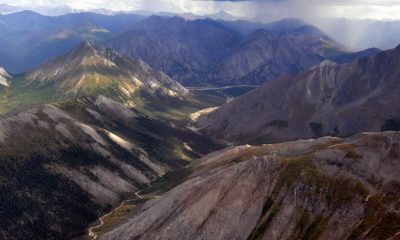News
The End of Planet Formation Witnessed by the JWST in a Distant Solar System
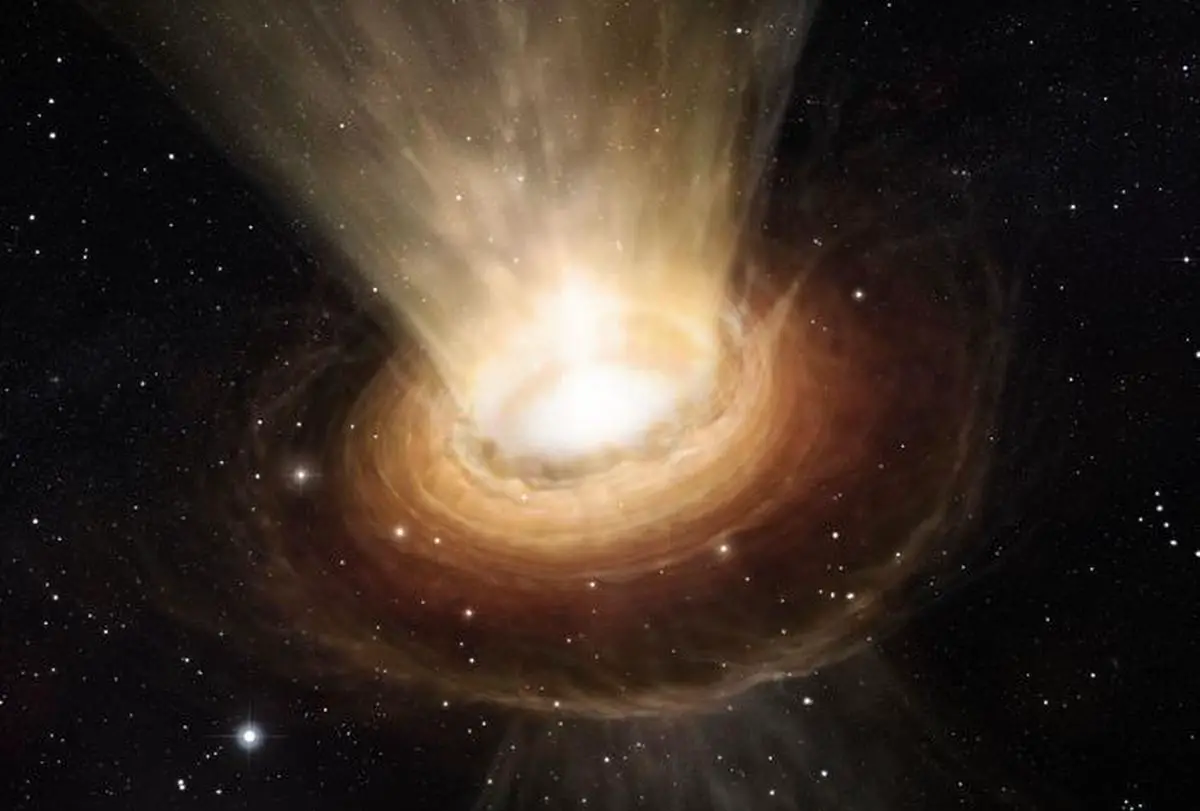
When a star forms, it signifies endless possibilities for the planets that may form around it. These planets hold the potential for a variety of compositions, locations, and the ultimate question of whether they may sustain life. However, there comes a point in every solar system’s development where the process of planet formation ceases, leaving behind untapped potential.
This halt in planet formation occurs when the available gas and dust in the system have been depleted, restricting the formation of new planets. Despite this cessation, the total mass of planets in a solar system never matches the total mass of gas and dust initially present around the young star.
So, what happens to this excess mass, and why does the formation of new planets come to an end?
Initially, when a protostar emerges within a cloud of molecular hydrogen, it brings with it a rotating disk of gas and dust known as a circumstellar disk. This disk serves as the reservoir from which planets gradually form through the aggregation of material into planetesimals and eventually into planets, transitioning the disk into a protoplanetary disk. Yet, despite the potential for planet formation within these disks, an intriguing paradox emerges.
In our own Solar System, there exists a surplus of rocky objects compared to gaseous ones, though not in terms of mass but quantity. Scientists believe that similar ratios of rocky and gaseous objects are present in systems resembling ours. However, in the nascent days of the Solar System, gas vastly outnumbered solids, contradicting the prevalent imbalance seen in young star disks, which contain substantially more gas than solids. This incongruity poses the question: where does all the gas go?
New findings stemming from observations made by the James Webb Space Telescope (JWST) shed light on this mystery. The study titled “JWST MIRI MRS Observations of T Cha: Discovery of a Spatially Resolved Disk Wind” and published in The Astronomical Journal unveils significant revelations about the dissipation of gas surrounding T Chamaelontis (T Cha), a young T Tauri star situated approximately 335 light-years away.
At the youthful age of less than ten million years, T Tauri stars such as T Cha have yet to enter the main sequence of stellar evolution. During this critical phase, the circumstellar disks encircling these stars undergo an active process of dissipation, dispersing the gas contained within them.
Lead author Naman S. Bajaj emphasizes the significance of understanding the timing of gas dispersal in relation to the formation of gaseous planets within these disks. With unprecedented visibility into these dynamic environments, the JWST plays a pivotal role in unraveling the mysteries of planet formation.
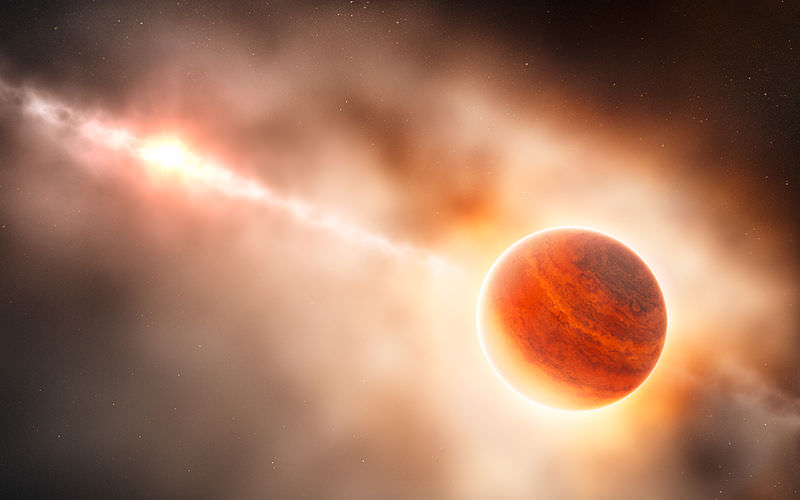
Given that the type and number of planets emerging from these disks are intrinsically tied to the available gas and dust reservoirs, comprehending the mechanisms behind gas dispersal remains paramount in deciphering the ultimate fate of these planetary systems.
Research carried out on T Cha unveils a remarkable feature of its circumstellar disk – a vast dust gap approximately 30 astronomical units wide. Positioned within the gap is a slender ring of material closer to the star, with the remaining disk material located beyond the gap’s perimeter. While a planetary candidate resides within the gap, it falls outside the scope of this particular study.

The force driving this gas dispersal is known as the disk wind. In this study, researchers harnessed the capabilities of the JWST to delve into the intricate processes fueling this wind. For the first time, scientists have been able to image the disk wind, shedding light on its elusive nature.
Ionization stands as a crucial player in the dispersal of disk material. Energetic photons from the star strike atoms within the disk, causing them to shed electrons and become ionized. Specific light emissions resulting from the ionization of various atoms are detectable by the JWST, enabling scientists to trace the dynamic activity within the disk. Remarkably, the JWST identified the ionization of noble gases such as argon and neon, with the detection of double-ionized argon marking a groundbreaking achievement.
![This figure from the research shows some of the JWST's observations. The upper panel is the JWST MIRI MRS spectrum of T Cha plotted between showing PAH (polycyclic aromatic hydrocarbon) features and other data, including the forbidden noble gas emissions in green. The lower four panels further highlight the four forbidden line emissions, [Ar ii], [Ar iii], [Ne ii], and [Ne iii], which are especially important in this study. The presence of doubly ionized Argon (Ar iii) has never been observed before. Image Credit: Bajaj et al. 2024.](https://www.universetoday.com/wp-content/uploads/2024/03/ajad22e1f1_hr-1024x555.jpg)
Over a decade ago, astronomers first recognized the significance of Ne ii emissions in tracing disk winds, based on findings from NASA’s Spitzer Space Telescope. In the case of T Cha, the Ne ii emissions manifest away from the disk, aligning with the expected behavior of a disk wind.
Naman S. Bajaj emphasizes the contribution of the neon signature in shedding light on the origin of the disk wind. The observed emissions suggest that the wind emanates from a region distinct from the disk, implicating either high-energy stellar photons or the interwoven magnetic field as potential drivers of the disk dispersal.
Underlying this investigation is the critical need to ascertain the source of ionization driving these dynamic processes. By employing sophisticated simulations, the researchers corroborated their JWST observations with the intense radiation emitted by the young star, establishing a compelling link between energetic stellar photons and the dispersal of disk material.
Ilaria Pascucci, a professor at LPL and a pioneer in identifying neon as a marker of disk winds, highlights the transformative impact of these findings on our comprehension of planet-forming disk dynamics. Such insights not only enrich our understanding of these formative environments but also offer valuable perspectives on the evolution of our own Solar System.

As T Cha rapidly evolves into a mature state, comparisons between recent JWST observations and earlier Spitzer data showcase notable shifts in the dynamics of this evolving system. The discernible differences, such as a reduction in the inner disk’s mass over 17 years, hint at ongoing transformations within T Cha’s circumstellar environment. Such revelations pave the way for future studies to delve deeper into these evolving wind diagnostic lines.
Chengyan Xie, a doctoral student at LPL actively involved in the research, underscores the real-time nature of these observations, suggesting that further transformations are imminent as T Cha’s disk nears the culmination of its evolution. The possibility of witnessing the complete dispersal of dust within T Cha’s inner disk presents a rare opportunity that could unfold within our lifetime.
As T Cha teeters on the brink of stalling planet formation, the JWST stands as a beacon illuminating this pivotal phase in its celestial journey.
News
Is now the right time to invest in gold as prices have cooled?

The price of gold has climbed to record highs recently and has remained strong through much of April. And, that growth continued until the precious metal traded at around $2,390 per ounce on April 19, 2024. But since, growth in the price of the precious metal has cooled, with gold’s price now hovering around $2,300 per ounce.
This lull in gold’s price may represent an investment opportunity.
In general, investing is centered around buying assets when prices are low and selling them when prices are high – generating a profit on the difference between the two. So, considering the declines in gold’s price over the past few days, now may be the time to make your investment. But is buying gold during this lull in prices really a good idea?
Compare your gold investment options among leading brokers now.
Gold prices have cooled. Should you buy in now?
With gold’s price down from recent highs, you may be wondering if now is the right time to buy in. There are several reasons the dip in gold’s price may represent an opportunity to buy. Here are some of the biggest:
Prices may rise again
If looking at a gold price chart shows anything for certain, it shows that changes in the overall growth of the medal come in fits and spurts. Periods of price growth are typically followed by periods of declines and vice versa.
But with inflation rising in recent months – and with gold’s reputation as a safe-haven asset that can hedge against inflation – it only makes sense that the price of the precious metal will eventually start to head up again in the future. While attempting to time that directional change may be tricky, buying the precious metal while the price is down gives you the opportunity to take advantage of any upward movement that may be ahead.
Add gold to your portfolio now before prices have a chance to rise.
You may be able to make a quick profit
Gold isn’t known as an asset in which you can earn a quick return, but in today’s market, that may be the case. Don’t forget that in January, gold was trading at just $2,000 per ounce. And, by mid-April, the commodity’s price had climbed to around $2,400 per ounce. That’s about 20% growth in a matter of months, much of which happened since March 1 – an impressive climb for any investment asset.
Perhaps more importantly, gold’s price growth through the beginning of 2024 shows that the commodity doesn’t have to be a buy and hold style investment that you keep in a safety deposit box or precious metal depository for years to come. There’s also the possibility that the commodity’s price could climb further ahead, making it a compelling way to potentially generate a quick profit.
There are other benefits of investing in gold
There are other benefits of investing in gold that have little to do with the price growth seen thus far in 2024 – or the lull in prices seen over the past couple of days. Those benefits include:
- Inflation protection: Gold has long been considered an inflation hedge, and for good reason. When inflation drives the prices of consumer goods and services up – and the value of the dollar down – gold’s price tends to rise. So, it could be used to maintain the value of your portfolio during inflationary economic conditions. That’s important in today’s economic environment as stubborn inflation continues to weigh on the value of the dollar.
- Portfolio diversification: Gold’s price doesn’t always move in the same pattern that bonds or stocks do. So, mixing a reasonable amount of gold into your portfolio (up to 10% of your portfolio assets) as a diversifier could protect you from losses should one or more of your traditional portfolio assets fall in value. “If you have less than 5% – 10% of your net worth in commodities & FX (forex), you should absolutely consider adding exposure to gold and other precious metals,” says Vijay Marolia, money manager and managing partner at the wealth management firm, Regal Point Capital.
The bottom line
Gold’s price has fallen from recent highs – which may represent an opportunity to tap into growth ahead. However, gold isn’t simply a “buy while it’s low and sell while it’s a high” kind of investment opportunity. The commodity can also protect your portfolio from the stubborn inflation we’ve seen thus far in 2024 while acting as a diversification tool that could increase your risk-adjusted portfolio returns. So, consider adding gold to your portfolio today while it has the potential to grow in value.
-

 News4 days ago
News4 days agoKevin McCarthy, former House Speaker, seeks revenge
-
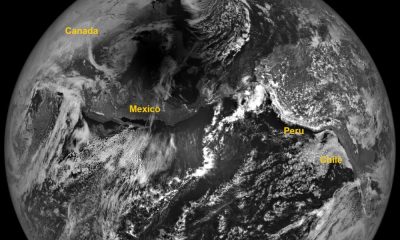
 News1 week ago
News1 week agoAdditional Perspectives on the 2024 Eclipse: Views from the Moon and Earth’s Orbit
-
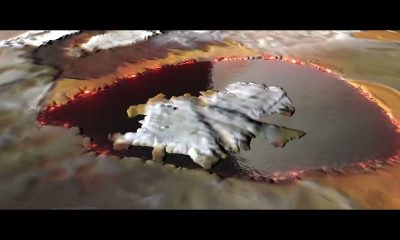
 News5 days ago
News5 days agoJuno discovers massive lava lake on Io
-

 Entertainment3 weeks ago
Entertainment3 weeks agoActor Cole Brings Plenty, known for ‘1923’, tragically passes away at 27 following accusations of domestic violence.
-
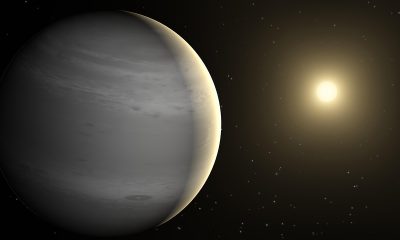
 News1 week ago
News1 week agoKnowing the Magnetic Field of an Exoplanet’s Star is Essential to Determining the True Size of the Exoplanet
-

 News5 days ago
News5 days agoPossible Future Colleague of Trump: David Lammy, a Close Associate of Obama
-
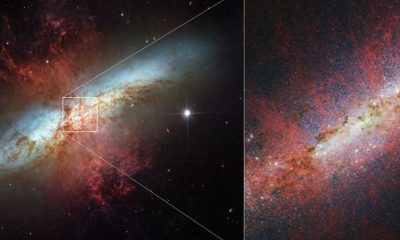
 News3 weeks ago
News3 weeks agoWebb Observes a Galaxy Brimming with New Stars
-

 News2 weeks ago
News2 weeks agoAkebono, Sumo Champion from Overseas, Passes Away at 54 in Japan















